Forest Conservation: Cultivating Young Foresters through Youth Programs and Activism
- November 20, 2024
- 0 comment
Forest conservation is more critical than ever due to the growing threats of deforestation, climate change, and biodiversity loss. Young people are stepping up as key players in sustainable forestry efforts, bringing fresh energy and innovative ideas to preserve and restore the world’s forests.

Youth programs and activism are shaping the next generation of environmental stewards by promoting forest conservation, leadership development, and sustainable practices. These initiatives empower young people to take actionable steps toward deforestation prevention, support sustainable forestry, and advocate for biodiversity in forests, ensuring a healthier planet for future generations.
Forest Conservation and the Need for Youth Involvement
Forests are vital to life on Earth, serving as natural climate regulators, air and water purifiers, and habitats for countless species. They also support millions of livelihoods globally. However, their survival is at risk due to deforestation, illegal logging, and agricultural land conversion. Each year, over 10 million hectares of forest are destroyed, accelerating environmental degradation and climate change.
Young people have a critical role to play in forest conservation by driving awareness, advocating for deforestation prevention, and supporting reforestation programs. Their involvement is essential for preserving forests’ ability to provide habitat, promote biodiversity in forests, and aid in carbon sequestration forests, mitigating climate change’s impacts.
The Rise of Youth Forest Conservation Programs
Youth-focused forest conservation programs are flourishing worldwide, aiming to educate and engage young people in protecting and restoring forests. These initiatives offer hands-on experiences, teaching participants about forest ecosystems, sustainable forestry practices, and the importance of biodiversity in forests. They also focus on leadership development, preparing a generation of empowered and informed environmental stewards.
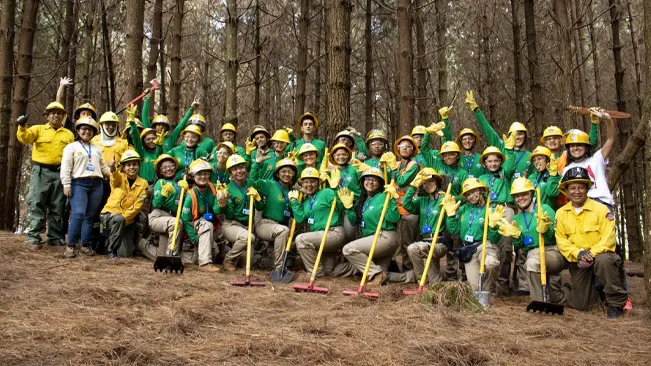
- Educational Outreach and Workshops
Organizations and government bodies are leveraging educational outreach to raise awareness about forest conservation. Programs like the “Forest Education Initiative” target schools with workshops, interactive sessions, and nature excursions. These activities teach students about forest functions, the need for deforestation prevention, and their role in environmental stewardship. Early exposure to these concepts often inspires young people to pursue careers in forestry and conservation. - Tree Planting Initiatives
Tree planting remains a practical and accessible way for youth to contribute to reforestation programs. Initiatives like “One Tree Planted” and the “Billion Tree Campaign” engage young volunteers in planting trees in deforested areas, aiding in carbon sequestration forests while restoring ecosystems. Participants gain hands-on knowledge about reforestation, including selecting native species, preparing planting sites, and maintaining young trees. - Youth Leadership in Forestry
Programs such as “Youth in Forest Conservation and Climate Action” (YFCC) emphasize leadership development by providing mentorship, training, and project opportunities. These platforms empower young people to lead conservation initiatives and advocate for sustainable forestry practices. By equipping youth with leadership skills, these programs help them influence policies and drive meaningful change in forest management.
The Role of Activism in Empowering Young Foresters
Youth-focused forest conservation programs are flourishing worldwide, aiming to educate and engage young people in protecting and restoring forests. These initiatives offer hands-on experiences, teaching participants about forest ecosystems, sustainable forestry practices, and the importance of biodiversity in forests. They also focus on leadership development, preparing a generation of empowered and informed environmental stewards.
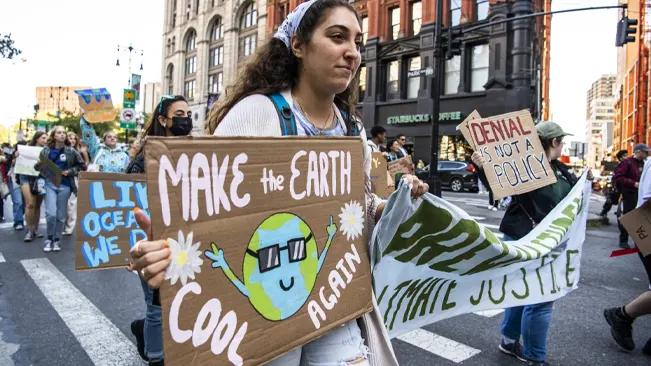
- Grassroots Movements and Local Action
Organizations and government bodies are leveraging educational outreach to raise awareness about forest conservation. Programs like the “Forest Education Initiative” target schools with workshops, interactive sessions, and nature excursions. These activities teach students about forest functions, the need for deforestation prevention, and their role in environmental stewardship. Early exposure to these concepts often inspires young people to pursue careers in forestry and conservation. - Global Youth Movements
Tree planting remains a practical and accessible way for youth to contribute to reforestation programs. Initiatives like “One Tree Planted” and the “Billion Tree Campaign” engage young volunteers in planting trees in deforested areas, aiding in carbon sequestration forests while restoring ecosystems. Participants gain hands-on knowledge about reforestation, including selecting native species, preparing planting sites, and maintaining young trees. - Policy Advocacy and Lobbying
Programs such as “Youth in Forest Conservation and Climate Action” (YFCC) emphasize leadership development by providing mentorship, training, and project opportunities. These platforms empower young people to lead conservation initiatives and advocate for sustainable forestry practices. By equipping youth with leadership skills, these programs help them influence policies and drive meaningful change in forest management.
Empowering Future Foresters Through Education and Career Opportunities
Providing educational and career opportunities in forestry and environmental sciences is critical to the long-term success of forest conservation. These programs not only develop a skilled workforce for managing and protecting forests but also inspire young people to become stewards of the environment.
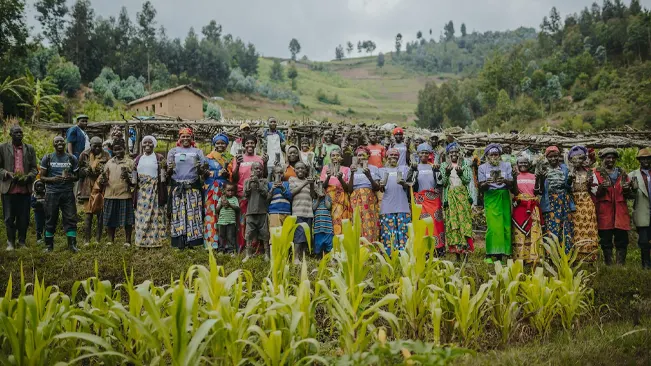
- Forestry and Environmental Science Education
Many universities and colleges now offer programs in forestry, environmental science, and conservation. These courses equip students with the technical expertise required for careers in sustainable forestry, forest management, research, and biodiversity conservation. To enhance practical knowledge, educational institutions often collaborate with conservation organizations, offering internships, fieldwork opportunities, and research projects. These real-world experiences prepare students to tackle challenges like deforestation prevention and wildlife habitat preservation. - Scholarships and Grants for Youth in Conservation
To reduce financial barriers, organizations like the “Society of American Foresters” provide scholarships to students studying forestry and related fields. This support enables passionate individuals to pursue their goals in forest conservation and reforestation programs without the financial strain. Such initiatives ensure that the next generation of conservation leaders has the resources to make a meaningful impact. - Professional Development and Networking
Youth-focused professional development programs provide access to networking events, conferences, and mentorship opportunities. These platforms, such as the “World Forestry Congress,” connect young foresters with experts and global leaders in the field. Participants gain insights into cutting-edge practices like carbon sequestration forests and sustainable land-use strategies. By engaging in these events, young professionals not only expand their networks but also showcase their ideas and contributions to global forestry efforts.
Challenges and Barriers for Young People in Forest Conservation
While youth are making notable contributions to forest conservation, they face significant challenges that hinder their efforts. Financial constraints, lack of representation in policy-making, and limited access to educational resources are some of the key barriers preventing young people from reaching their full potential in conservation.
- Financial Constraints
Youth-led initiatives often struggle with funding, limiting their ability to scale conservation projects. While grants and funding opportunities are available, the competition for these resources is intense, particularly for smaller grassroots organizations. This financial disparity hampers their ability to contribute effectively to deforestation prevention and reforestation programs. Increasing financial support for youth-driven conservation efforts is essential for long-term success. - Representation in Policy-Making
Despite their active involvement in environmental activism, young people remain underrepresented in policy-making forums. This exclusion limits their ability to influence decisions on issues like sustainable forestry and wildlife habitat preservation. Including youth voices in decision-making processes is critical to creating policies that align with the needs and aspirations of future generations. - Educational Gaps
Access to environmental education is uneven, especially in rural and underserved communities. Without sufficient knowledge about forest ecosystems, carbon sequestration forests, and conservation practices, young people face challenges in participating effectively in conservation efforts. Expanding access to education and resources can empower more youth to engage in meaningful action for biodiversity in forests.
Success Stories of Young Foresters in Action
Despite facing significant challenges, young people are making remarkable contributions to forest conservation, inspiring others through their actions. From local initiatives to global campaigns, these success stories demonstrate the power of youth-driven efforts in protecting forests and addressing environmental challenges.
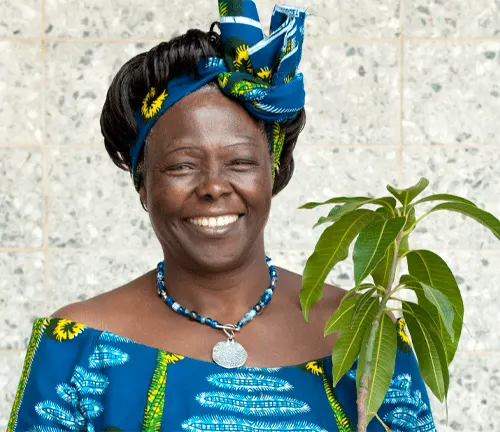
Wangari Maathai’s Green Belt Movement
The late Wangari Maathai began her conservation journey as a young activist and went on to establish the Green Belt Movement in Kenya. This initiative has planted over 51 million trees, combating deforestation and promoting sustainable forestry. Maathai’s work continues to inspire young people worldwide to champion reforestation programs and fight for environmental justice.
The Jane Goodall Roots & Shoots Program
Dr. Jane Goodall’s “Roots & Shoots” program empowers young people to tackle local environmental challenges, including deforestation, through community projects. By engaging in hands-on activities, participants contribute to wildlife habitat preservation and promote awareness of biodiversity in forests. This program has mobilized millions of young environmentalists globally.
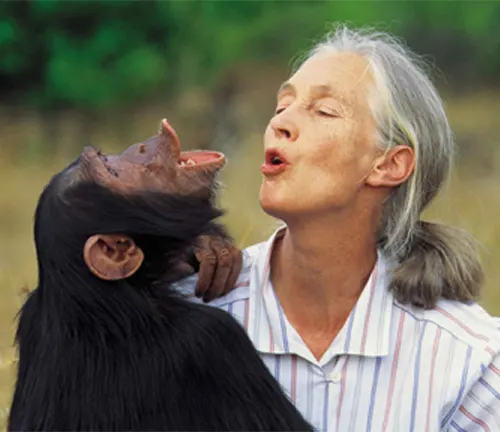
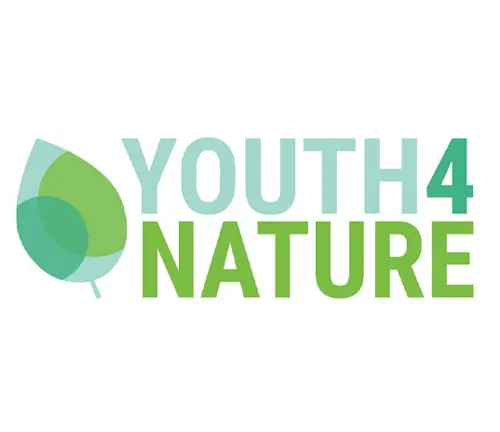
Youth4Nature Movement
Youth4Nature is a global, youth-led movement advocating for nature-based solutions to the climate and biodiversity crises. Through education campaigns, policy advocacy, and grassroots initiatives, the movement empowers young people to take action on deforestation prevention, carbon sequestration forests, and climate resilience. Youth4Nature exemplifies the critical role of youth in driving systemic change for forest conservation.
Conclusion
The future of our forests depends on empowering the next generation. By involving young people in forest conservation through education, activism, and career opportunities, we can foster a skilled and passionate workforce dedicated to preserving the planet’s forests. Youth-driven initiatives in deforestation prevention, reforestation programs, and sustainable forestry are key to building a sustainable future where forests thrive and support life on Earth. As stewards of the environment, young people are poised to play a pivotal role in safeguarding the health and longevity of the world’s forests, ensuring they continue to provide critical benefits for generations to come.
Frequently Asked Questions (FAQ)
- What is forest conservation, and why is it important for youth to be involved?
Forest conservation involves protecting and managing forests to prevent degradation, maintain biodiversity, and combat climate change. Youth involvement is critical because they represent future generations who will be most affected by today’s environmental decisions. - How can young people get involved in forest conservation?
Youth can get involved through various ways, such as joining tree planting initiatives, participating in educational workshops, engaging in environmental activism, volunteering with conservation organizations, or pursuing studies in forestry and environmental science. - What are some examples of youth forest conservation programs?
Examples include the “Forest Education Initiative,” “Roots & Shoots” by Jane Goodall, the “Youth in Forest Conservation and Climate Action” (YFCC), and global campaigns like the “Billion Tree Campaign.” - Why is tree planting often a major focus of youth forest conservation efforts?
Tree planting is an accessible and impactful way for young people to contribute to reforestation, restore ecosystems, and help combat climate change by absorbing carbon dioxide from the atmosphere. - What role does activism play in forest conservation among young people?
Activism empowers young people to raise awareness, push for policy changes, and hold governments and corporations accountable for forest destruction. Movements like “Fridays for Future” and “Youth4Nature” are examples of youth-led activism in forest conservation. - How do youth programs in forest conservation foster leadership?
Youth programs offer leadership training, mentorship, and opportunities to lead conservation projects. These programs prepare young people to become advocates and leaders in sustainable forest management and policy development. - What challenges do young people face in contributing to forest conservation?
Young people often face challenges such as limited funding, lack of representation in decision-making processes, and insufficient access to environmental education, especially in underserved areas. - Can pursuing a career in forestry help with forest conservation?
Yes, careers in forestry, environmental science, and conservation provide the technical skills and knowledge needed to manage forests sustainably, conduct research, and implement conservation strategies. - What are some success stories of young foresters making an impact?
Success stories include Wangari Maathai’s Green Belt Movement, which planted millions of trees in Kenya, and the global “Youth4Nature” movement advocating for nature-based climate solutions. - What educational opportunities are available for young people interested in forest conservation?
Universities, colleges, and organizations offer specialized programs, internships, scholarships, and hands-on learning experiences in forestry and environmental science. These opportunities help prepare young people for careers in forest management and conservation.

Jack Williams
Forestry AuthorI'm Jack Williams, Jack Williams, my expertise in welding and generator technologies extends beyond traditional boundaries. With over 13 years of experience, I have honed my skills in a range of heavy-duty equipment, focusing particularly on welding and power generation. My passion for nature and commitment to ecological sustainability inform my approach to work. I emphasize safety, efficiency, and staying current with technological advancements. Beyond my technical skills, I am dedicated to sharing knowledge and fostering environmental awareness, aiming to contribute positively to both the welding and generator operation industries.





Leave your comment